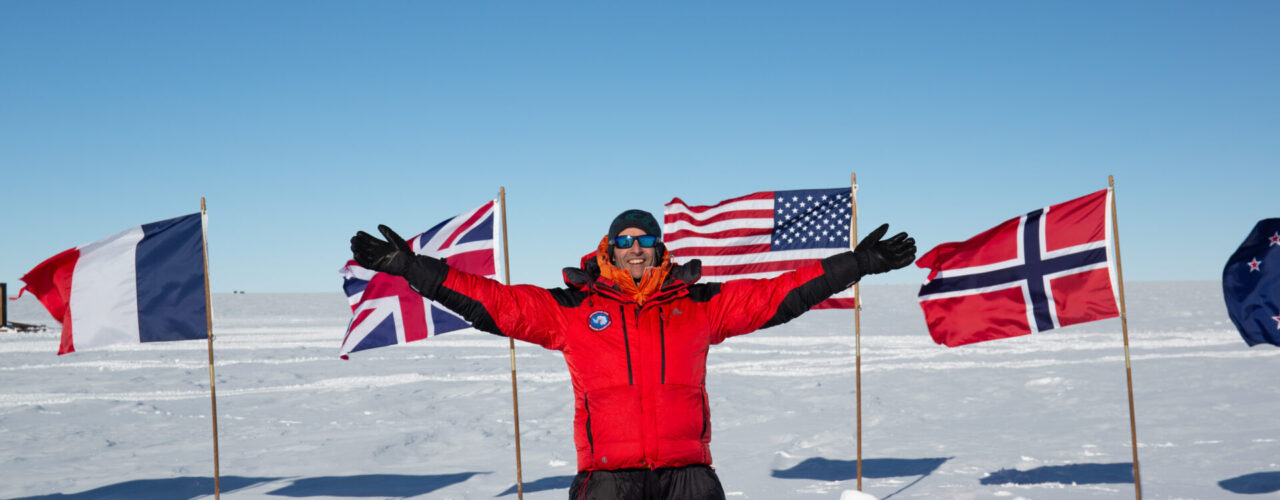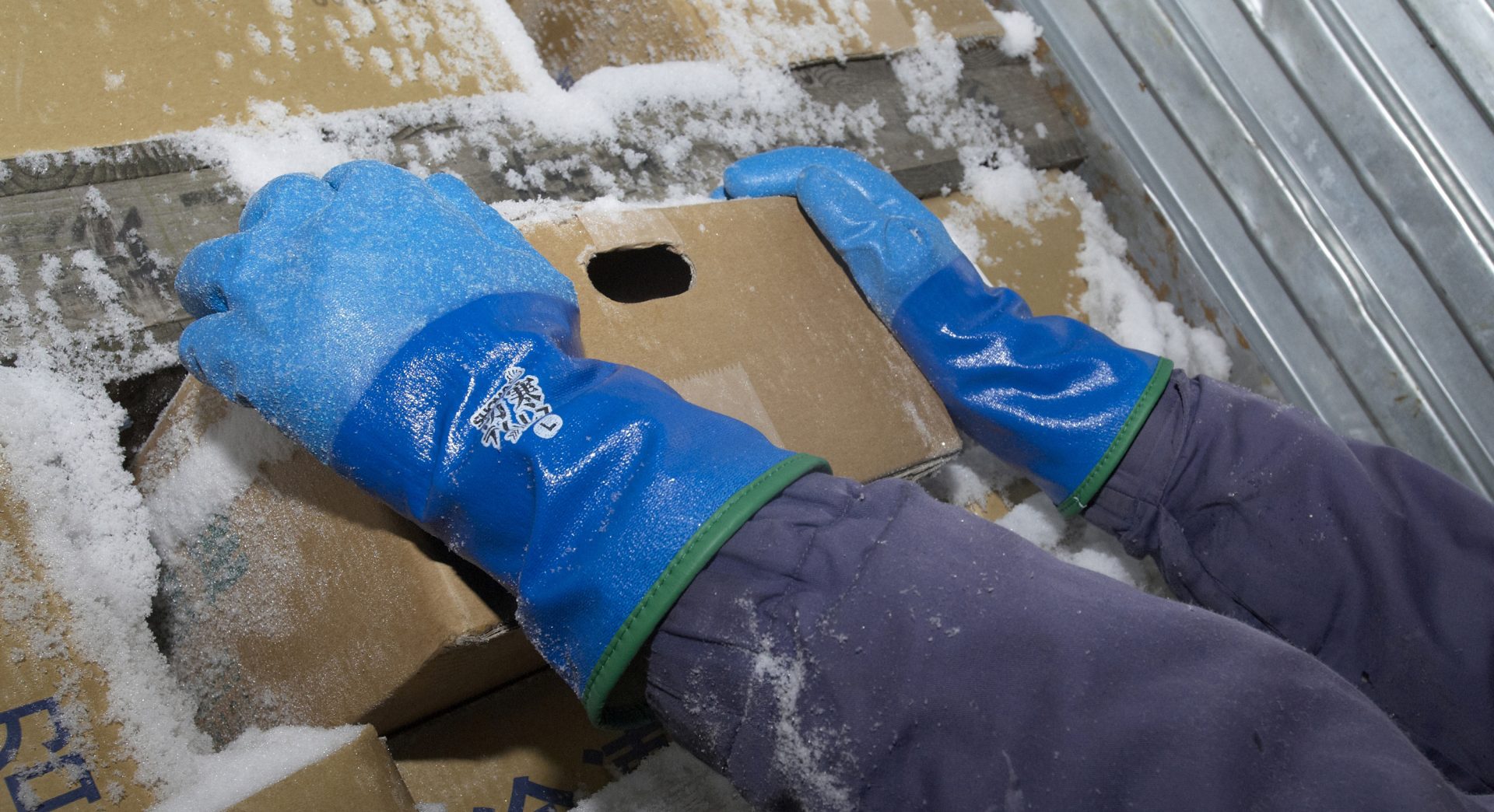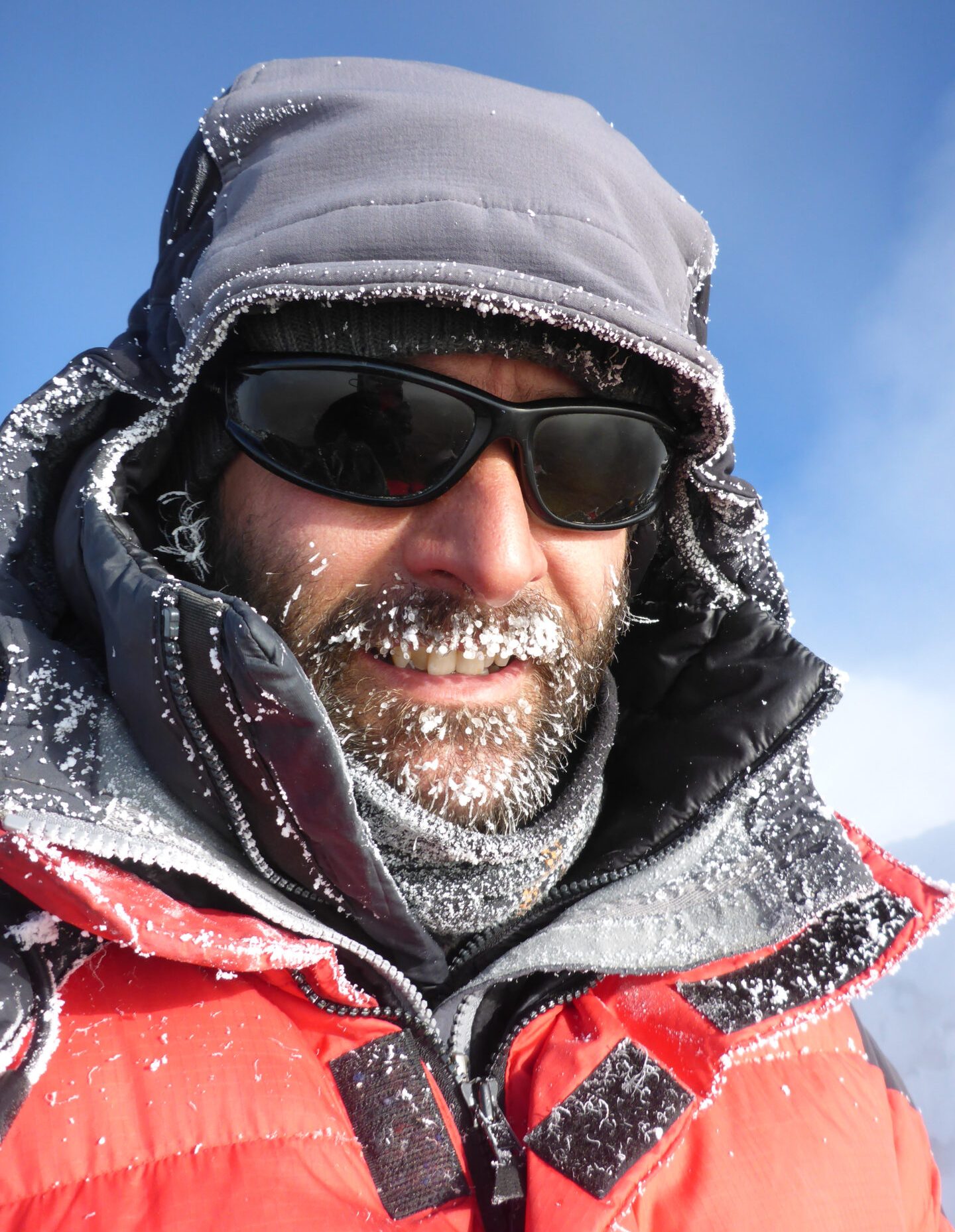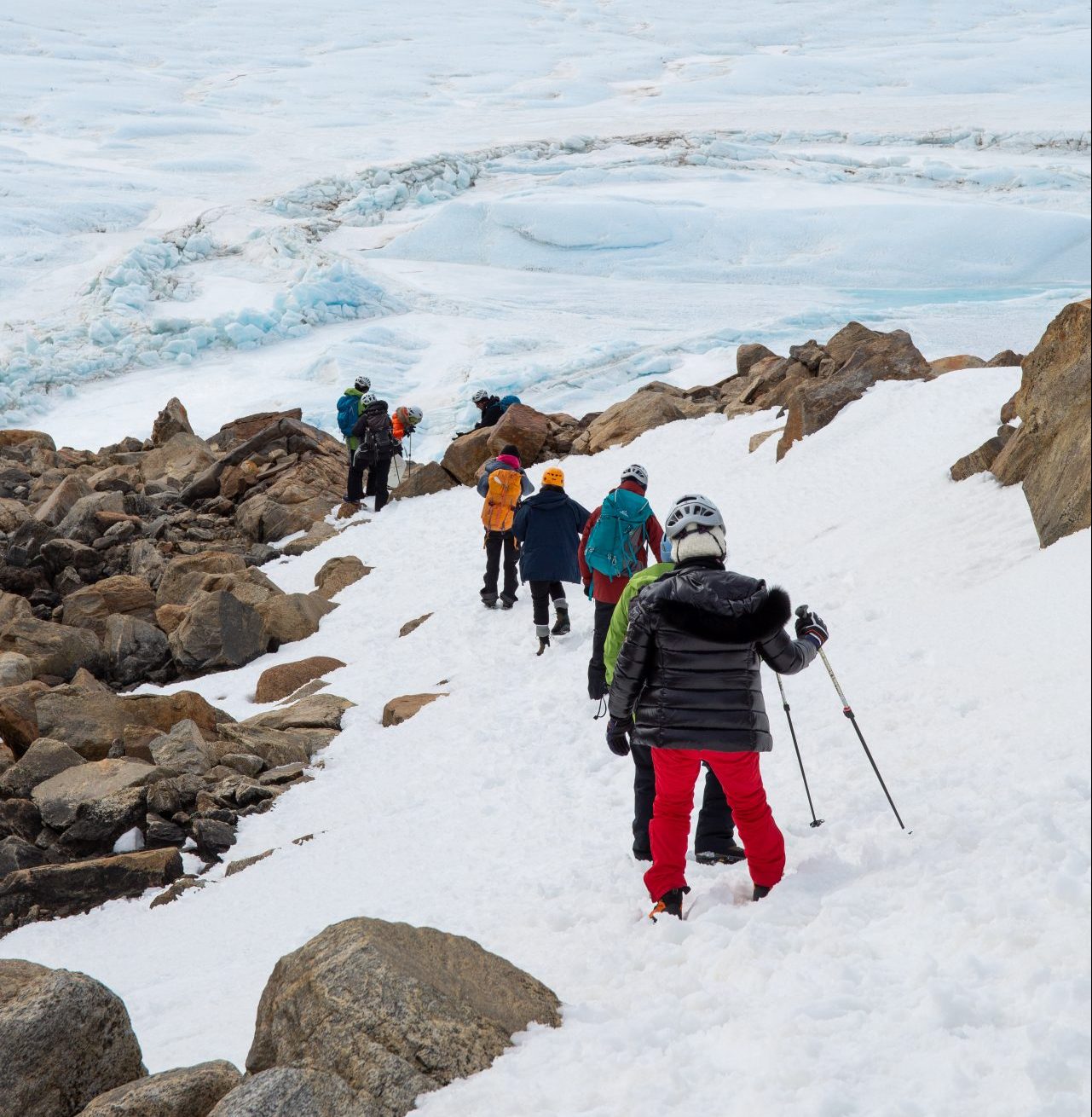Tim Burton, Polar Specialist at Cookson Adventures shares his top tips for must-have clothing in the Polar regions
The Polar regions are becoming increasingly popular with Superyacht guests who are keen to explore diverse areas and follow in the footsteps of the great explorer Shackleton. But to undergo a trip to such regions, crew and guests, who may be more familiar with warmer cruising areas, must be made aware of how important clothing is when preparing for a trip 60 degrees south.
Tim Burton and his team at Cookson Adventures curate bespoke adventures to some of the most remote places on the planet, and between 18 seasons in Antarctica and 9 in the Arctic, Tim has organised remote operations for various super yacht expeditions, the British Antarctic Survey, and US Antarctic Program.

“The weather in the Antarctic is fickle at best. I hate this cheesy line as it’s used in so many places, but you can get all seasons in a couple of hours… It can be sunny and calm one minute, then the winds can pick up and bring in a snowstorm that takes out all visibility and catches you out”, “It’s important to be prepared for everything, all the time. That means safety and navigation equipment, as much as personal and guest clothing when out on tenders.”
“For me, the three most important things are hands and eyes followed by feet. If your hands get cold then you’re effectively useless as can’t do simple tasks. If your eyes aren’t protected then they can get UV damage at best, and you can’t see where you’re going in the snowstorm at worst. If your feet are cold you’re going to be uncomfortable and miserable!”
Gloves

“I always travel with at least three pairs on me, one pair on my hands, another inside my jacket (so they stay warm), and the third in my bag for back up. Working on deck and driving tenders means that you will have wet hands a lot of the time. When you are in the Med, this is fine however, when it’s -5 and windy, wet gloves mean cold hands so waterproof is key.”
“You can pay lots of money for “high-tech” outdoor gloves, and yes you should have a pair or two of these in your kit, however, the ones that are used by a majority of people are actually industrial cold work gloves called SHOWA Temres 282. They’re blue, rubber insulated, totally waterproof, and handle lines, tillers, and clients easily. Buy a size up, put a liner glove in and they are super warm. The only thing to be aware of is that they do not breathe, so you will need to make sure you dry them out when you get back on board, but at the cost, you can buy a few pairs.” – Cookson Adventures
Eyewear

“UV is stronger at the poles than near the equator, the sun is lower but the atmosphere is significantly thinner and there’s also still a bit of an ozone hole. UV protection for sunglasses is really important, you will want the wraparound designs so that the sneaky UV can’t get your eyes from the side!”
“If you’re out tender driving you need a solid pair of goggles. Even on a dull/snowy day in summer, reflective/high UV protection goggles are still great (no need for white/yellow lenses) for everything you do, but if you want the flex of swapping lenses out then the Anon M4 Toric goggles are great (made by Burton Snowboards). Otherwise, a good pair of Oakley/Smith or other solid-brand ski goggles will do. Make sure they fit your face and, if you wear glasses, that they are glasses-compatible.”
READ MORE: Top 5 exterior shorts for yacht crew
Footwear

“Many people have tried various boots over the years and the one you see ALL the time is the Muck Boot Company Arctic line. Go for the tall boots so you keep your feet dry jumping on/off beaches and the 8mm model like the Arctic Pro Tall (men) or Arctic Ice Tall (women). You need wellies as you will need to hop in and out of a chemical bath every time you get on/off the boat for biosecurity reasons.”
“For the rest of your wardrobe, as is the case in any harsh environment, layering is key. It’s important to have enough layers to have flexibility, as some days you’ll have a t-shirt on deck and others you’ll be wearing every item in your wardrobe! Also, ensure that you pick the right materials that take to the snow/waves/spray/salt water.”
To conclude, here are Tim’s top 4 tips for must-have clothing for Polar regions:
- For base/mid layers, you can use the usual mountain/outdoor clothing (fleece, merino, synthetic, etc). For warmth, a light-insulated jacket is great. A good example is the Patagonia Micro Puff Hoody, which is mostly made from recycled materials.
- Avoid downs as once it’s wet, it’s useless!
- A shell (top and bottom) that provides a bomber waterproof seal to keep out the elements. – Helly Hansen do great sailing clothing and their offshore Skagen and Aegir lines are really good.
- If you’re out tender driving for extended periods of time for a long season, then a one-piece like the HH Alna 2.0 insulated winter suit is a joy. Warm, dry, great cuffs and collar. Yachts operating in polar regions should have a few of these that tender drivers can throw on when it’s needed.
“There’s a famous saying ‘there’s no such thing as bad weather, just bad clothing’. This rings in my ears every time I pack for another trip to the polar regions. Take the right kit and work out what works for you and how to manage moisture, drying gloves, not getting sweaty and so on, and you’ll be dry and toasty whatever’s thrown at you…unless you fall in of course, then a dry suit like the HH Mens Aegir Ocean Dry Suit is the only kind of thing that’ll save you!”

















.png)






